How to care for strawberries after harvest
Content
Cutting off old leaves
Most gardeners are deeply mistaken when they believe that after harvesting the plant is quite capable of doing without special care. In fact, experts declare with full responsibility that caring for strawberries is a very useful matter, which still does not exclude the special preparation of strawberries for winter. Although additional care after the end of the harvest cannot be a full replacement for the autumn preparation of the plant for wintering, it is rightfully considered its first step. If we talk about the complete care of the plant after the end of the season and in the fall, then it includes such procedures as protection from pests and prevention of diseases, pruning mustache and leaves, removing weeds, loosening the earth, competent feeding and watering, timely collection of fruits.
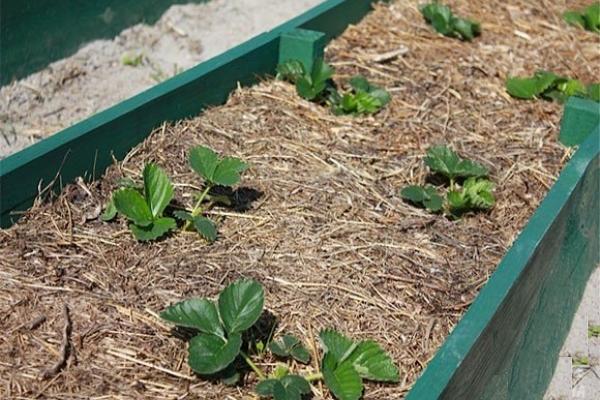
Strawberries, which bear the second name garden strawberries, stop yielding quite early, when more than one summer week passes before the onset of autumn and the arrival of cold weather. In order not to have problems with weeding strawberries in the fall, pruning of old leaves should be done in a timely manner, and also to prevent the appearance of unwanted weeds on the soil. After harvest, the bushes need to gain enough strength in order to start the season well next year. Indeed, in order to obtain the largest strawberry yield, the roots of the plant must be able to extract enough nutrients from the soil to form large and sweet berries. Therefore, caring for strawberries in July and August is the basis for a good harvest for the next season. While new flower buds begin to form and young shoots grow, old leaves, which have already fulfilled their important role, begin to slowly die off, resulting in a lot of whiskers. What is the correct way to prune old leaves of a plant when the harvest is over?
First, you need to remove weeds and mustache from your area. Using special garden shears, you can quickly and accurately trim all old leaves without damaging the young leaves that have already begun to appear. It will be more convenient to care for strawberries at the end of the harvest if garden strawberries are grouped in rows in accordance with the same varieties and fruiting dates. While the later varieties still continue to yield, the early varieties should already be processed - they urgently need pruning before the first young leaves begin to appear. 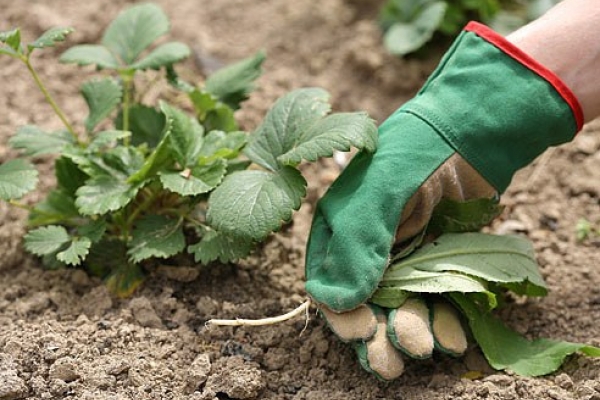 With their appearance, the pruning procedure will be fraught with difficulties, since pests and diseases present on old leaves are quite capable of spreading to new ones. If the growing leaves have become shriveled, then they managed to become infected with a strawberry mite. In this case, treatment with Kleschevit, Actellik, Titovit Jet drugs or an ordinary solution of colloidal sulfur will help. All weeds should also be removed between the strawberry beds, and it is recommended to pour branches, chips or sawdust into the cleaned passages.
With their appearance, the pruning procedure will be fraught with difficulties, since pests and diseases present on old leaves are quite capable of spreading to new ones. If the growing leaves have become shriveled, then they managed to become infected with a strawberry mite. In this case, treatment with Kleschevit, Actellik, Titovit Jet drugs or an ordinary solution of colloidal sulfur will help. All weeds should also be removed between the strawberry beds, and it is recommended to pour branches, chips or sawdust into the cleaned passages.
Loosen the soil
As mentioned above, strawberry is a perennial berry plant. Over time, it tends to build up an air root system and thus bulge out of the soil. Therefore, after picking berries, care should be taken in which the soil should be loosened in the aisles, the depth of such grooves should be no more than 10 cm.
In no case should you loosen the soil close to the bushes, so as not to damage the root system of the plant located close enough.
How to do this procedure correctly so that in the fall the strawberries begin to bear fruit with renewed vigor? When loosening the soil, make light hilling of the bushes, so that the adventitious roots growing on the plant horns during this period can be under the layer of earth. 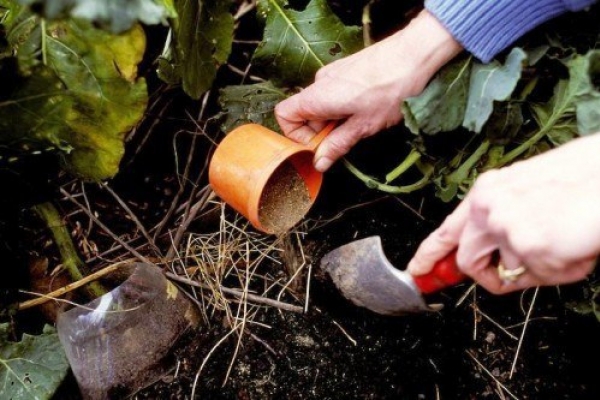 After carrying out all the care manipulations, the soil will become loose and free from weeds. Experts advise to do about 6 - 8 loosening in rows and aisles per season. Thanks to this, a dense crust will not form on the soil. The easiest way is to loosen the soil with a rake with short teeth, when the rain passes, watering and top dressing will be carried out. This should be done after collecting debris and weeding the beds.
After carrying out all the care manipulations, the soil will become loose and free from weeds. Experts advise to do about 6 - 8 loosening in rows and aisles per season. Thanks to this, a dense crust will not form on the soil. The easiest way is to loosen the soil with a rake with short teeth, when the rain passes, watering and top dressing will be carried out. This should be done after collecting debris and weeding the beds.
We fertilize
In order to feed the plant, you need to add a complete mineral fertilizer to the soil, which contains useful trace elements. This is done at the rate of 20 grams per square meter. The elements necessary for the normal growth of the plant are in a balanced form in special fertilizers for garden strawberries. Ammophoska has also proven itself well, which can also be used to fertilize the soil. It contains nitrogen, potassium and phosphorus, as well as magnesium, calcium and sulfur.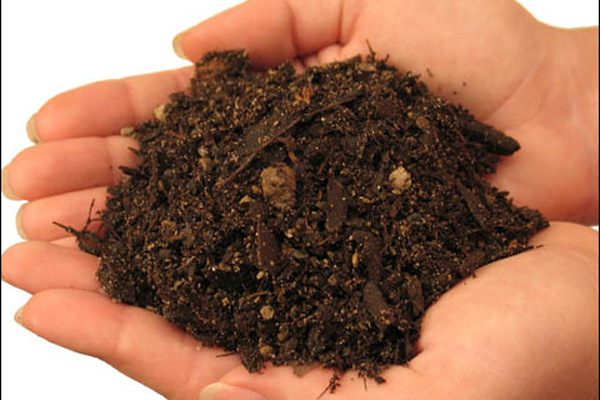
It should be remembered that the use of chlorine-containing fertilizers for strawberries is unacceptable. It is very good to take care of the condition of the soil with the help of humus, because in addition to fertilization, it also improves the structure of the soil. You can use fertilizer in the form of granules from chicken manure or other types of organic preparations. Many gardeners like the time-tested complex fertilizing "Agricola". And experienced ones often use infusions of herbs fermented in a special way - from the green parts of the tops of any plant, adding nitrogen fertilizers to them. With the help of such feeding, you can neutralize the acidity of the soil. When all the necessary fertilizers have been applied, you need to embed them in the soil and mulch the garden using peat.
In the fall, many bushes may need to be transplanted. On the whiskers of the rosettes of old plants, new ones appear, which should be moved into the prepared soil. Transplanting berry bushes involves planting 3-4 beds, and not all at once, since these new plants will not begin to bear fruit immediately. It is advised to update strawberry plantings in 3 to 5 years, and prepare materials for them in advance - do not trim the mustache on individual bushes, wait for the first outlet to appear, dig in it in order to grow the root system.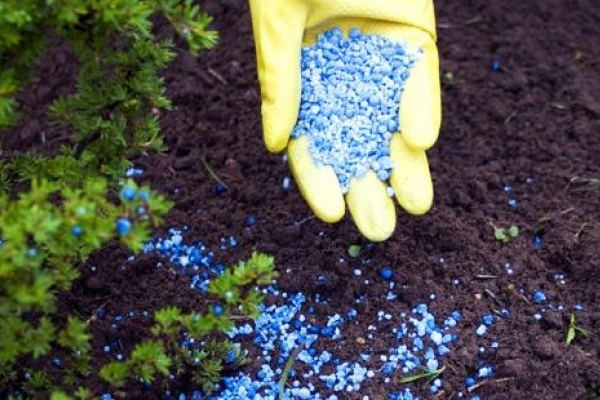
Watering
After all the above manipulations, the last of which will be the introduction of dry dressing, the strawberries should be well watered. Until the end of the season, the soil should be as moist as possible, therefore it is recommended to water it infrequently, but abundantly. After thorough watering, the soil should be loosened, removing unwanted weeds along the way. 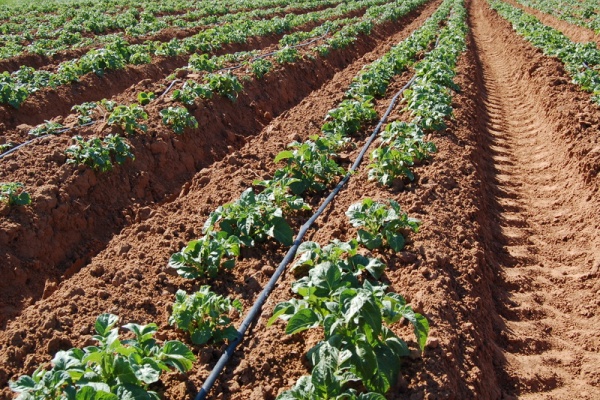 And also experts advise trimming the growing whiskers, because if you leave them, then fruiting next year may become weaker, since the plant bush will use the available resources to lay new buds, from which flowers will then appear. Sufficiently well-moistened soil and overgrown young shoots of strawberries will help the plant to prepare well for the onset of winter and successfully overwinter.
And also experts advise trimming the growing whiskers, because if you leave them, then fruiting next year may become weaker, since the plant bush will use the available resources to lay new buds, from which flowers will then appear. Sufficiently well-moistened soil and overgrown young shoots of strawberries will help the plant to prepare well for the onset of winter and successfully overwinter.
Video "How to care for strawberry bushes after harvest"
How to properly care for strawberries, when and how to trim the mustache of strawberries, how to mulch and how to process the bushes in autumn - you can learn about all this from the video below.
